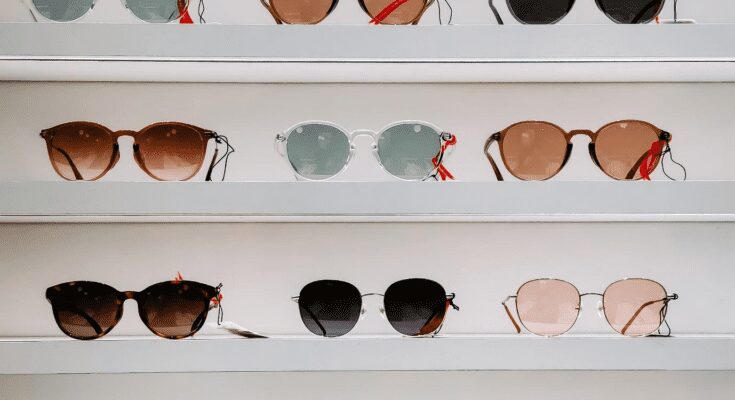Sunglasses are a cool accessory that has become a go-to-fashion for many, but their origins go far beyond the term fashion. In fact, sunglasses have an interesting history that spans centuries. From their beginning, as simple sun rays blocking devices, to their current status as a must-have fashionable item, the evolution is fascinating. No idea where you can buy the best glasses that suits you and add style to your outfit? Then have a look at Eyewa. Luckily, you can get amazing discounts by using Eyewa coupon code. In this blog, we will take a closer look at the history of sunglasses, exploring how they have evolved over time. So, sit back, put on your shades and read on to know more.
Sunglasses have been around for a long time, with evidence of their use dating back to ancient China and Rome. However, it wasn’t until the 18th century that sunglasses began to be used widely in Europe. At this time, they were primarily used by wealthy people to protect their eyes from the sun’s rays. These early sunglasses were made from tinted glass or smoky quartz and were often quite heavy and uncomfortable to wear.
In the early 20th century, sunglasses began to be produced in larger quantities and became more affordable for the average person. This was due to the invention of the mass production techniques used to make them. Sunglasses also became more fashionable during this time. One of the most iconic moments in sunglasses history came in the 1930s when Ray-Ban introduced aviator sunglasses. They were originally designed for pilots to protect their eyes from the sun’s glare, and they quickly became popular with the general public. In the 1950s, Ray-Ban introduced Wayfarer, which became another iconic style and is still popular today.
In the 1960s, sunglasses began to be seen as a symbol of rebellion and counterculture. Musicians like John Lennon and Janis Joplin were often seen wearing sunglasses, which later got popular as “John Lennon glasses”. These glasses remain popular today and are often associated with the 1960s and 1970s. In the 1980s. sunglasses became an even more fashionable accessory. Designers began to experiment with new shapes, colours, and materials. Oakley, a company known for its sports eyewear, introduced wraparound sunglasses that provided better protection from the sun and wind while playing sports. At the same time, designer brands like Chanel and Gucci began to produce high-end sunglasses that were more about style.
Today, sunglasses are available in an incredible variety of styles and prices. There are sunglasses for every face shape and every budget. In addition to protecting our eyes from the sun’s harmful UV rays, sunglasses are now seen as a fashion accessory that can complete any outfit. They are also used in many sports and outdoor activities to provide better visibility and protection. In recent years, technology has begun to play a bigger role in the world of sunglasses. Some sunglasses now come equipped with Bluetooth technology or cameras, allowing wearers to listen to music or take photos without having to take off their shades. Other sunglasses are made from new materials that are stronger, lighter, and more durable than ever before.
Finally, the history of sunglasses is a perfect example of the creativity of human beings. Something that started as a simple item for protection against the sun’s rays has now evolved into a popular fashion accessory that can enhance any outfit. Over the centuries, sunglasses have gone through many changes, from the invention of mass-production techniques to the introduction of high-tech materials and new features. Today, there are countless styles and options to choose from, suitable to every taste and budget. Eyewa has an excellent collection of glasses, sunglasses, blue light glasses, etc. You can even use Eyewa coupons to get them at discounted prices. But no matter how they have changed, their main purpose remains the same, i.e., to protect our eyes from the sun. So, the next time you put on your favourite pair of shades, remember the long and interesting story behind them.



